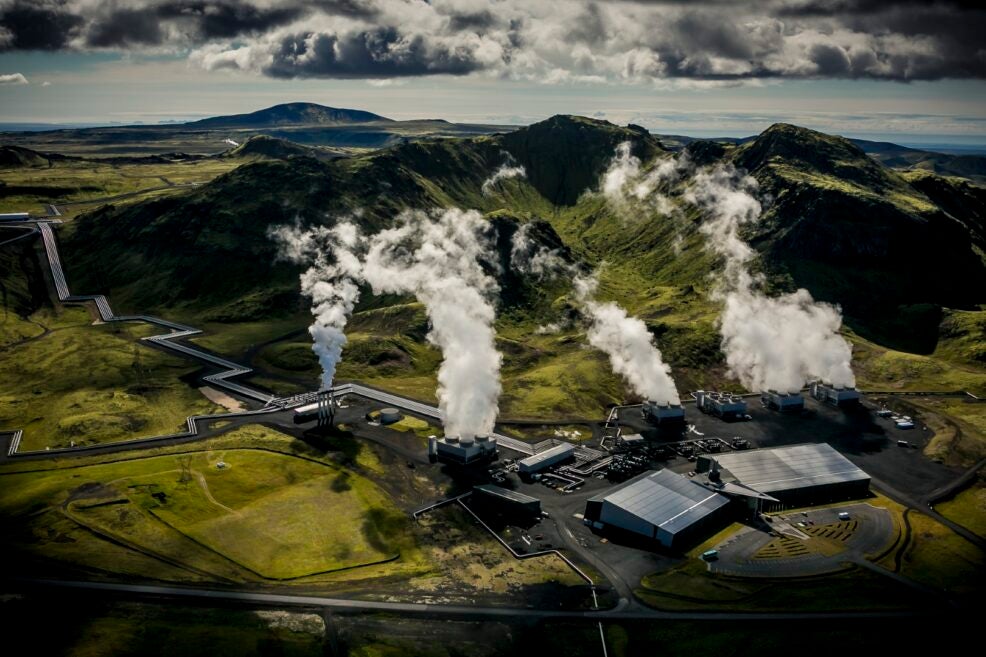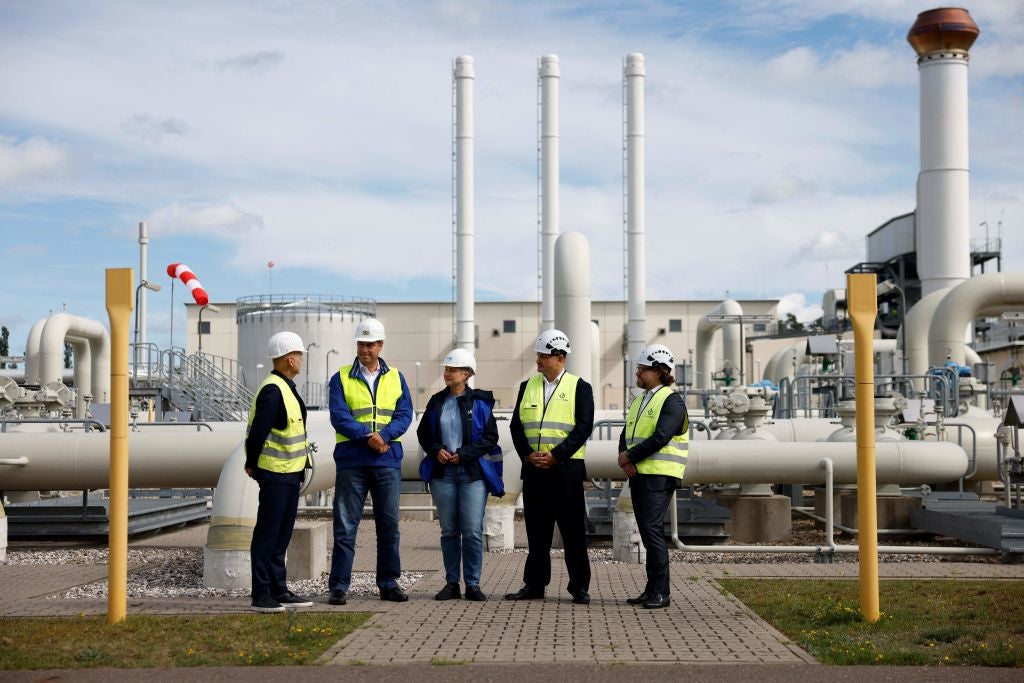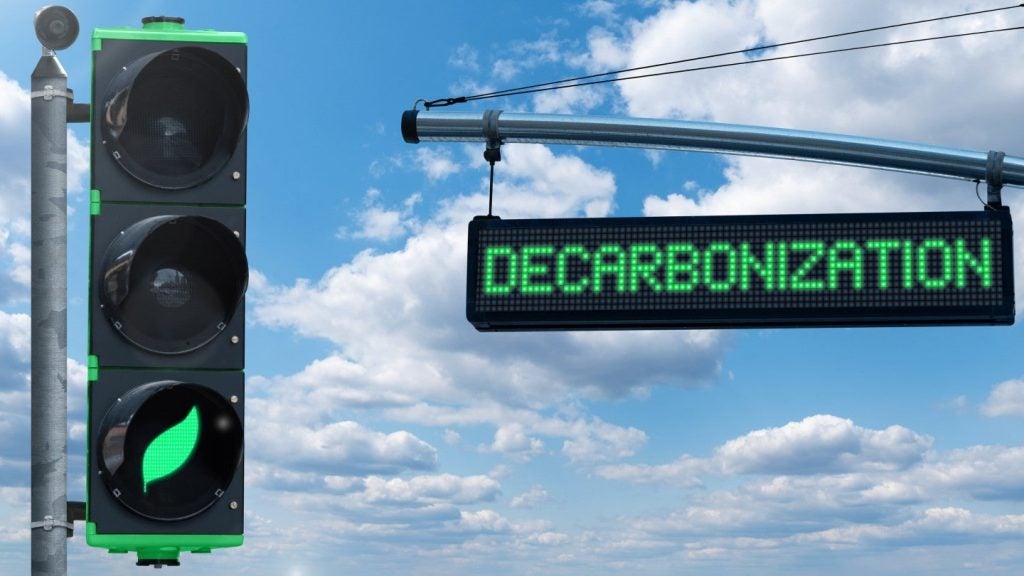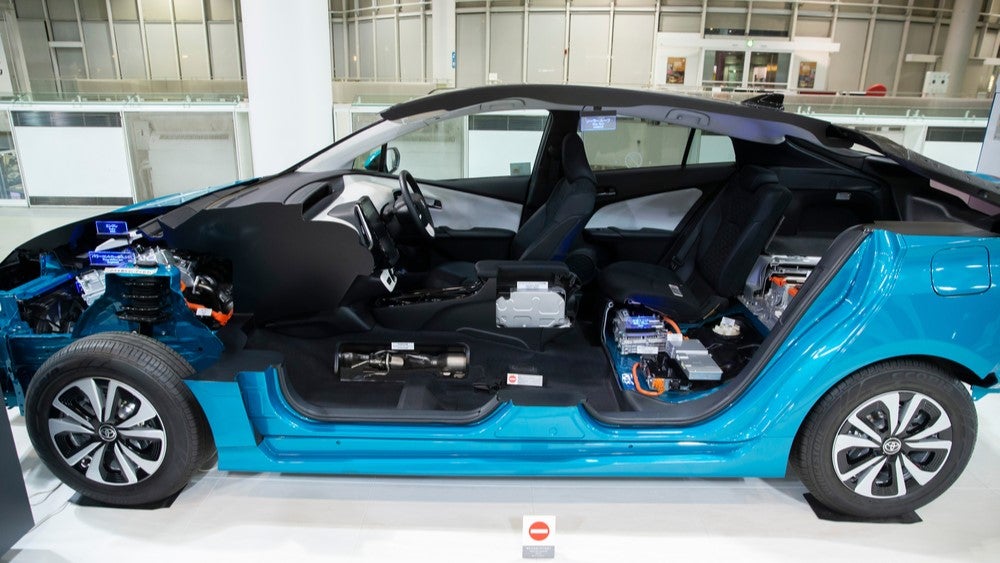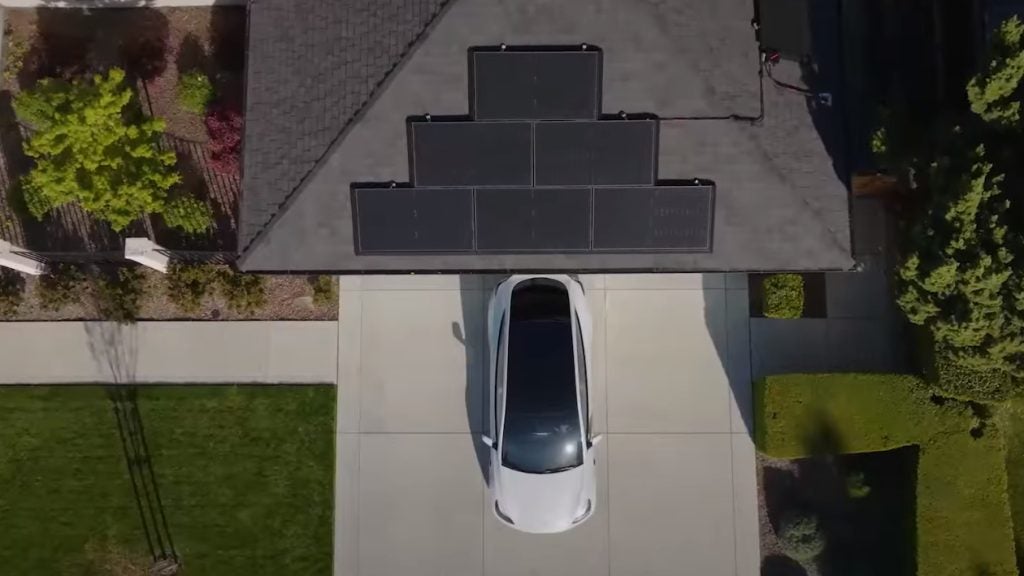With the cataclysmic scenes emerging from Iceland recently, it is easy to see why the country’s original settlers coined it ‘the land of fire and ice’. Perched on the boundary of the Eurasian and North American tectonic plates, the country owes its literal emergence to such geological upheaval around 17 million years ago. Just like their Viking ancestors, today’s Icelanders have embraced volcanic activity, harnessing Iceland’s abundant geothermal energy to renewably heat and power their homes and businesses.
Around a century ago, the country undertook the challenge of transitioning from fossil fuels to geothermal, and today Iceland gets more than 70% of all its energy from geothermal sources. According to Iceland’s National Energy Authority, that transition for home heating alone saves the country around 3.5% of its gross domestic product.
In the late 1970s, a much quieter revolution also began in the country: the challenge of using geothermal resources in the most circular manner – in other words, with as little waste as possible. It all started when one of Iceland's leading energy companies, HS Orka, hired an ambitious young graduate called Albert Albertsson straight out of his US university. “Albertson recognised that a geothermal power plant has resources flowing in and resources flowing out, and he was very strong-minded about eliminating any form of waste,” says Jóhann Snorri Sigurbergsson, HS Orka’s business development manager today.
Albertsson’s dream of zero waste came to fruition in the form of the ‘Resource Park’, a cluster of sustainability and circularity-oriented businesses aimed at fully utilising the resource streams coming from HS Orka’s geothermal power plants in Iceland's Svartsengi and Reykjanes. Others in the country have since followed suit, and Albertsson’s circular geothermal model now serves an exciting template for geothermally blessed countries all over the world – and perhaps others.
Closing the circle
HS Orka is the largest privately owned power producer in Iceland, providing the country with 275MW of electric energy and 175MW of thermal energy capacity. At its Resource Park, there are currently ten companies – spanning aquaculture, biotech, cosmetics, e-fuels, food and tourism – tapping into the multiple resource streams coming from geothermal power plants, including carbon dioxide (CO₂), cold water, electricity, hot water, lava-filtered seawater, mineral-rich geothermal fluid and steam.
“The most famous use case at the Resource Park is the Blue Lagoon geothermal spa,” says Sigurbergsson. “The Blue Lagoon’s water is basically the geothermal water that we have already used to produce electricity and hot water. In 2019, the Blue Lagoon’s revenues were 50% higher than HS Orka’s – and they are working from our waste!”
HS Orka gathers the natural CO₂ emitted in the geothermal process and delivers it to the Blue Lagoon Research & Development Center to produce algae for cosmetics. Some of the CO₂ also goes to an e-fuels company called Carbon Recycling, which adds it to hydrogen to create renewable methanol. When Carbon Recycling started operations in 2012, its 4,000-tonne (t) e-methanol plant was the world’s largest.
HS Orka needs water to cool the machines at the power plants. Instead of using freshwater, the company filters seawater through lava 100m inland from the sea. The water goes in at about 8°C and goes out at around 35°C, and then it runs naturally back down to the ocean through exit pipes. “The lava completely cleans the water,” adds Sigurbergsson. Four aquaculture companies – Mortka (arctic char), Stolt Sea Farm (sole), Samherji (salmon) and Aurora Abalone (abalone) – have set up fish farms alongside the exit pipe to take advantage of that warm seawater.
“The biggest expense for inland fish farms is the pumping of seawater,” states Sigurbergsson. “The heat of the sea when you are growing salmon is an integral factor for their growth rate; heating up the seawater from eight degrees to 30 degrees increases the growth rate by 20–25%. One of the farms is set to become the largest inland salmon farm in the world, with a 40,000t capacity.”
ORF Genetics’ research and development greenhouse uses water and heat from the power plants to conduct stem cell research for cosmetics, biopharma and cell-cultured meat. Haustak and Laugafiskur are fish processing companies that dry discarded fish parts using geothermal energy and sell them to markets like Nigeria where there is a rich culinary tradition of using dried fish. A number of e-fuels producers are currently in negotiations to join the Resource Park, aiming to produce methanol, methane and sustainable aviation fuel, adds Sigurbergsson.
HS Orka delivers around 800 megawatt-hours per year of waste energy to companies in the Resource Park. So far, growth of the park has been relatively organic but going forward it is looking to actively deepen synergies between its members, says Sigurbergsson. “Say, if you are producing hydrogen, you are left with oxygen as a waste by-product [from the electrolysis of water]. The aquaculture businesses have to pump oxygen into the water for the fish farms, so there is an obvious synergy there. Similarly, fish farm waste can be used for different types of fertilisers. There is so much potential here.”
It is not only HS Orka that has adopted this circular geothermal model. Iceland's second-largest power producer, ON Power, has set up its own geothermal cluster. The ‘Geothermal Park’ is a hub for sustainability-focused companies that want to use renewable resources for their operations. Located close to the Hellisheiði Geothermal Power Plant, ON Power offers 103 hectares of dedicated space to businesses committed to a circular economy. These companies harness electricity, geothermal energy, and hot and cold water from the plant with the goal of transforming waste into value. The location offers proximity to the power plant – which lowers transmission fees – and the possibility to connect to other resources in the area.
“It all started approximately ten years ago,” says Helga Kristin Johannsdottir, business development manager at ON Power. “The park is still in development but it currently has three customers.” One of these clients is the much-lauded Climeworks, the Swiss company whose direct air capture (DAC) technology removes CO₂ from the air and stores it permanently in the ground with the help of Iceland’s very own carbon storage specialist Carbfix. Another is Vaxa Technologies, which produces microalgae rich in omega-3 and protein for nutritional supplements for humans and fish. Finally, GeoSilica, the first company in the world to extract silica from geothermal waters for health supplements.
“Climeworks uses our hot water and electricity to power their DAC plant, and there is a circularity there: they get hot water from us, use it and then bring it back and we reuse it,” says Johannsdottir. “Vaxa uses our CO₂ to grow their algae, which is therefore actually carbon negative. And then there is Carbfix, which is reinjecting the CO₂ captured by Climeworks underground and turning it into rock – and Carbfix uses water from the geothermal plant.”
Indeed, an innovative EU-funded project called Project Silverstone aims to eventually deploy full-scale CO₂ capture, injection and mineral storage at Iceland's Hellisheiði power plant, creating the world's first near-zero carbon footprint geothermal power plant (geothermal fluid contains varying concentrations of CO₂). The Carbfix capture and injection demonstration plant has been operational at Hellisheiði since 2014, injecting around 12,000t of CO₂ annually. With the addition of the Silverstone project, 34,000t of CO₂ will be captured and injected annually. The project is expected to reduce emissions by 150,000t of CO₂ over its lifetime, and will deliver 10% of Iceland's 2030 Climate Action Plan within the energy and industrial sectors not covered by the EU’s Emissions Trading System.
Scaling circular geothermal up and beyond Iceland
Following the success of the two geothermal parks, the Icelandic Government is now looking to scale up the model. Supporting the circular economy and green industrial eco-parks is currently one of the main focuses of the Ministry of Environment, Energy and Climate, according to Nótt Thorberg, director of Green by Iceland, a local public-private cooperation platform for climate issues and green solutions. “By providing the right framework and environment for the private sector and investors to develop circular parks, I am certain we will see more initiatives in the near future. In fact, there are already a few interesting prospects in the pipeline,” she says.
Iceland's government is also actively looking to export the model to other parts of the world that have exploitable geothermal resources. The US, Indonesia, Philippines, Turkey and New Zealand were the top five geothermal power generation markets in 2021, according to GlobalData, and could be potential beneficiaries.
Carbfix is currently in discussions to add its technology to a geothermal power plant in Kenya. “We can just plug it into geothermal power plants anywhere in the world,” says Ólafur Teitur Guðnason, Carbfix’s head of communications and external relations. Similarly, ON Power is collaborating on geothermal projects in China and Europe, and boasts a geothermal heat school where specialists from all around the world come to study.
“In recent years, we have seen a growing interest amongst municipalities and governments abroad to explore this model and learn from Iceland, with a lot of delegations visiting us,” says Thorberg. “Although each country’s model would likely have to be adapted to the local conditions and natural resources available in that particular location, to optimise the potential. The acquired expertise and knowledge from the circular geothermal parks can be useful to most parts of the world, although we are focusing our efforts on certain markets when it comes to export.”
However, the model may soon even become available to countries that do not possess typically exploitable geothermal resources. There has been encouraging development in the field of ‘enhanced geothermal’, which could eventually allow every country to tap into subterranean renewable energy. Hydraulic fracturing (‘fracking’) techniques used by the oil and gas industry can be used to crack open relatively solid rocks at depths much greater than existing geothermal wells. Water is then injected into these rocks to generate steam, which subsequently drives turbines to produce electricity.
“Geothermal is on the rise and will play an increasingly important role in the world’s energy transition,” says Thorberg. “The combination of Icelandic models coupled with new technologies, including in heat pump application, and even heating and cooling storage underground, is opening up new opportunities.”
Back on the Reykjanes Peninsula, Albertsson finally retired from HS Orka in 2023 after half a century of service. His legacy may soon extend far beyond the land of fire and ice. “No country is an island when it comes to finding the right solutions for a greener future; we are more than willing to lend a helping hand to other nations,” concludes Thorberg.


